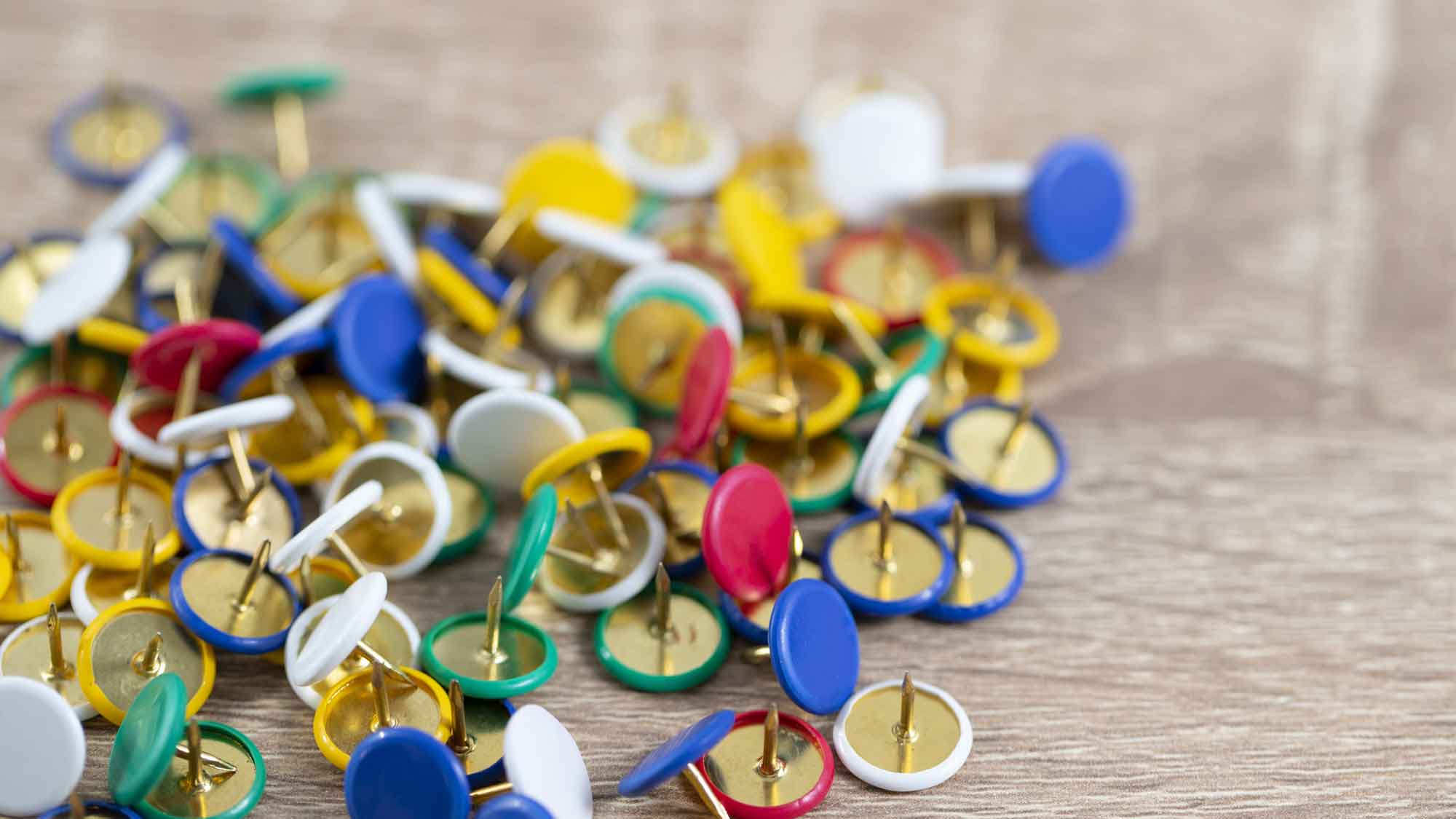
(December 11, 2018)—The Centers for Medicare & Medicaid Services (CMS) recently published answers to more than 100 questions from home health providers, related to the Outcome and Information Assessment Set (OASIS)-D which becomes effective Jan. 1, 2019.
Since 1999, CMS has required Medicare-certified home health agencies to collect and transmit OASIS data for all adult patients whose care is reimbursed by Medicare and Medicaid with the exception of patients receiving pre- or postnatal services only. OASIS data are used for multiple purposes including calculating several types of quality reports which are provided to home health agencies to help guide quality and performance improvement efforts.
Below are five questions selected from CMS guidance, specific to Section GG, Functional Abilities and Goals. CMS gleaned the full selection, which is available online, from a series of trainings held in August, September and November of 2018. The more than 100 questions and answers can help guide you through changes to the Home Health Quality Reporting Program.
1. Question: Section GG: All the mobility scenarios discussed during the Section GG: Functional Abilities and Goals Webinar on September 5 involve the therapist. Are agencies going to be having therapy see all patients to do this functional assessment? What is the expectation to have nursing do this?
CMS Answer: Patient need, physician order, and agency policy will determine who visits the patient and conducts or contributes to patient assessment and OASIS data.
2. Question: Do the Section GG items need to be answered by a therapist? What if a therapist’s SOC OASIS assessment is completed after the 5-day assessment timeframe? What if a therapist’s and nurse’s functional assessments of the same patient differ?
CMS Answer: Although CMS invites a multidisciplinary approach to patient assessment, coding the GG Functional Ability items does not require a therapy assessment. The assessing clinician may elicit input from the patient, caregivers, and other agency staff who have had direct contact with the patient to assist in completing any or all OASIS items integrated within the comprehensive assessment document. When collaboration is utilized, the assessing clinician is responsible for considering available input from these other sources and selecting the appropriate OASIS item response(s), within the appropriate timeframe and consistent with data collection guidance.
3. Question: GG0170R and GG0170S: How are these supposed to be accomplished in a patient’s home? There is not enough room. Are staff required to complete this task outside of the home (such as a driveway or sidewalk)? This will create liability issues, will it not?
CMS Answer: If the patient’s environment does not accommodate wheelchair/scooter use of 150 feet without turns but the patient demonstrates the ability to mobilize the wheelchair/scooter with or without assistance for 150 feet with turns without jeopardizing the patient’s safety, code using the 6-point scale.
4. Question: Section GG: Is a lift chair (recliner) considered a mechanical lift?
CMS Answer: For GG0110C. Prior Device Use, a mechanical lift is defined as any device that a patient or caregiver requires for lifting or supporting the patient’s bodyweight. Examples provided include a stair lift, Hoyer lift, and bathtub lift. Clinical judgment may be used to determine whether other devices, such as the electric lift chair described, meet the definition provided.
5. Question: Section GG: If you cannot assess a patient for one of the GG performance questions is it better to take the word of the patient/family (esp. if does not appear to be accurate) or use one of the not able to assess codes.
CMS Answer: When completing the GG items, combine general observation, interview of patient/caregiver(s), collaboration with other agency staff, and other relevant strategies to complete any and all OASIS items, as needed.
The 20-page document was made available on the CMS website Dec. 4, 2018. Access all OASIS-D questions and answers here.
